20 Open-source Low-code and No-Code Platforms
Table of Content
Low-code is a software development trending topic, in summary, it is an approach that speeds up the software products cycle with minimal hand-coding as it automates the repeated process and code.
Some may argue that Low-code developments platforms aim to help non-professional or citizen developers to build apps quickly; however, many enterprises are using Low-code because of its productivity.
Low-code development is a RAD “Rapid Application Development” approach, but with more organized was, as it streamlines the software production and automates all steps.
The terms low-code and no-code are used often to describe the amount of coding required to create mobile or web apps.
Low-code platform Benefits
Both low-code and no-code come with many benefits and advantages for enterprise and developers citizens or professionals, let's explain why:
- Easy to learn: most of the low- and no-code platforms don't require a steep learning curve.
- Simple development tools: with a simple IDE that supports drag-and-drop, rich component library, and configuration tools, low-code eases the development effort as the developer will focus on the app logic and presentation.
- Buil-in basic components: auth, data source management, user and identity management, file processing and management, configuration manager
- Speed up the production: the normal Software development life-cycle require a lot of repetitive tasks either for testing, staging, deployment, integration, and more.
- Decrease the costs: Low-code development significantly decreases the production cost, which empties the resources slot for improvement, upgrade, or building more tools to serve the business process and the client.
- Better customer experience: time and quality are significant factors to improve customer experience and ensure customer satisfaction which leads to increased customer loyalty. Low-code and no-code platforms often result in quality products in no time.
Is low-code only for building mobile and web apps?
Low-code approach is not just about end-user apps as mobile apps, but it is also about automation, business process automation, headless API systems and building IoT systems.

You may read more here:


In this article, we listed the best open-source low-code platform for enterprise, professional developers, business developers and citizin developers.
Open-source Low-code platforms
1- ABP
ABP is a rapid web application development framework (RAD) for ASP.NET developers.

ABP framework focuses on RAD and Low-code approaches to speed web apps production. The framework is a Domain-Driven Development platform, which means it splits the presentation, application, and domain layers. With the ABP framework, developers can build multi-tenancy SaaS apps in no time.
One more advantage ABP system holds, which is its modular architecture is the core of the ABP framework, as it allows developers to create reusable application modules and components then introduce them into the app cycle as required.
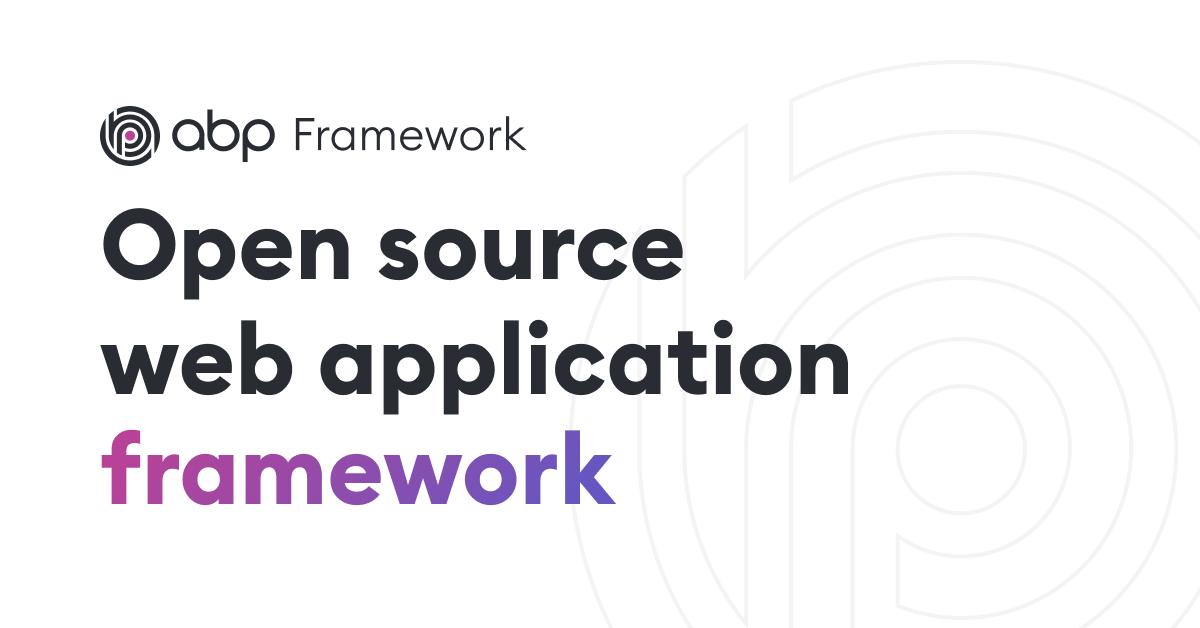
2- Skyve

Skyve is a platform that mixes Low- and No-code application development approaches. Although aims for citizen developers with no developer experience, it aims for enterprise users as it helps in cutting the cost.
With Skyve, citizen developers with no coding experience can build enterprise apps using a visual design mode.
Skyve is a completely free and open-source system that comes with a rich ecosystem to ease the development and deployment process. It also offers rich getting started tutorials and friendly documentation.
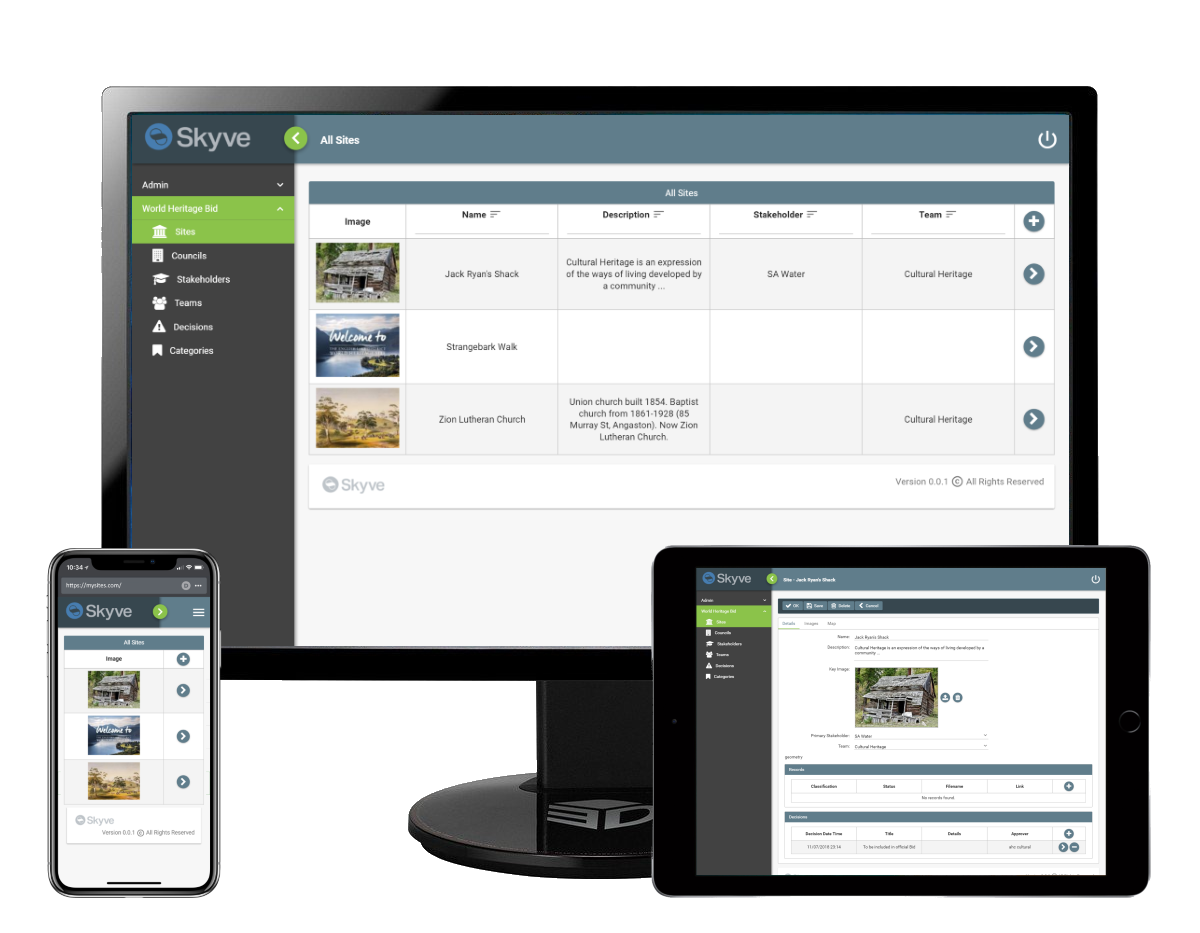
3- Appsemble
Appsemble is a low-code platform with a web-based editor with multiple data source supports out-of-the-box. Appsemble platform is ideal for citizen developers because it does not require any technical or coding knowledge. End-user can choose to self-host the free open-source edition, use a managed hosted version either for free, or upgrade to the unlimited edition for € 50 a month.
4- nuBuilder
nuBuilder is a free, open-source RAD (Rapid Application Development) platform that mixes low- and no-code concepts.
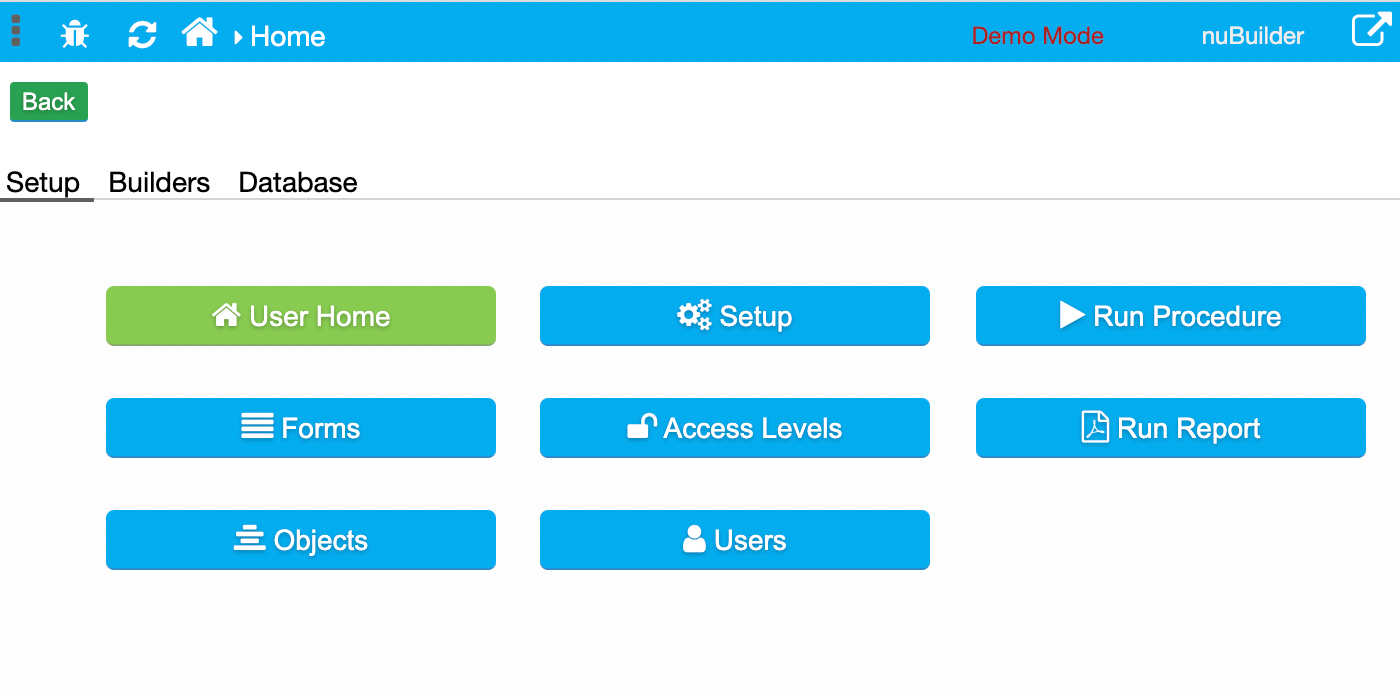
nuBuilder helps to create a web-based database event-driven apps in a matter of minutes. The result will be PHP and HTML/ JavaScript apps.
5- Budibase

Budibase is a free open-source low-code platform that helps developers and IT staff create a useful productive tool in no time.
It supports multiple data sources and databases, comes with an IDE and data wizards which makes building apps effortless.
We write a snap review about Budibase, listing all its prominent features, you can check it here.

6- Structr
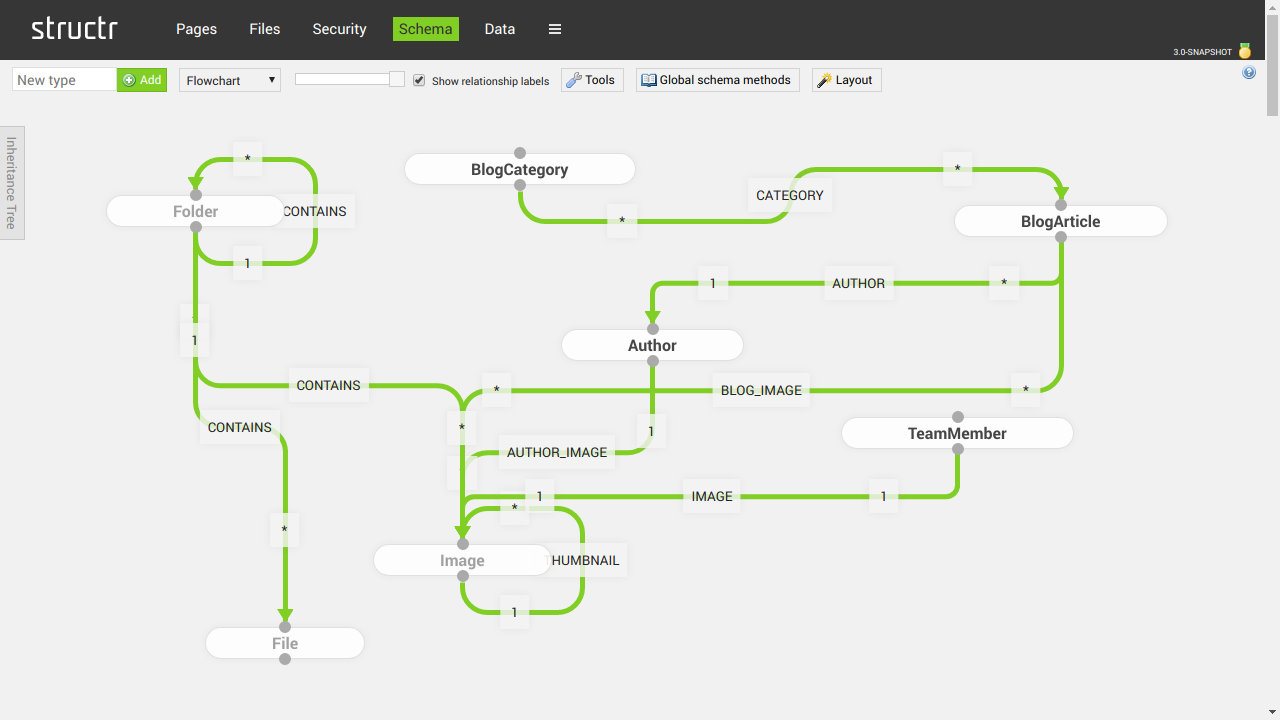
Structr is a low-code software development platform built on top of Graph technology. It features a graph builder, a visual builder, and a logic IDE. With Structr, you can enjoy building apps with top speed, but also with complex logic.
Currently, Structr supports Ubuntu and Debian Linux distros, Microsoft Windows, and Docker. Structr offers a dual license project GPL/AGPLv3.
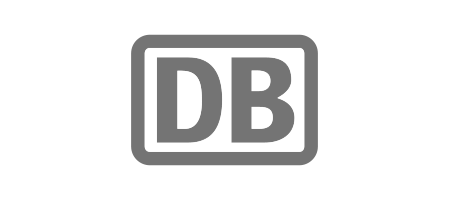
7- JOGET

JOGET is a free development platform that combines low- and no-code with a dynamic rapid application development (RAD) workflow.
It is built for citizen developers and non-coder people to help them visually model their ideas then create, build and run apps without worrying about technical details.
JOGET also offers a low-code for users to build, integrate and maintain their apps by taking care of repetitive tasks.
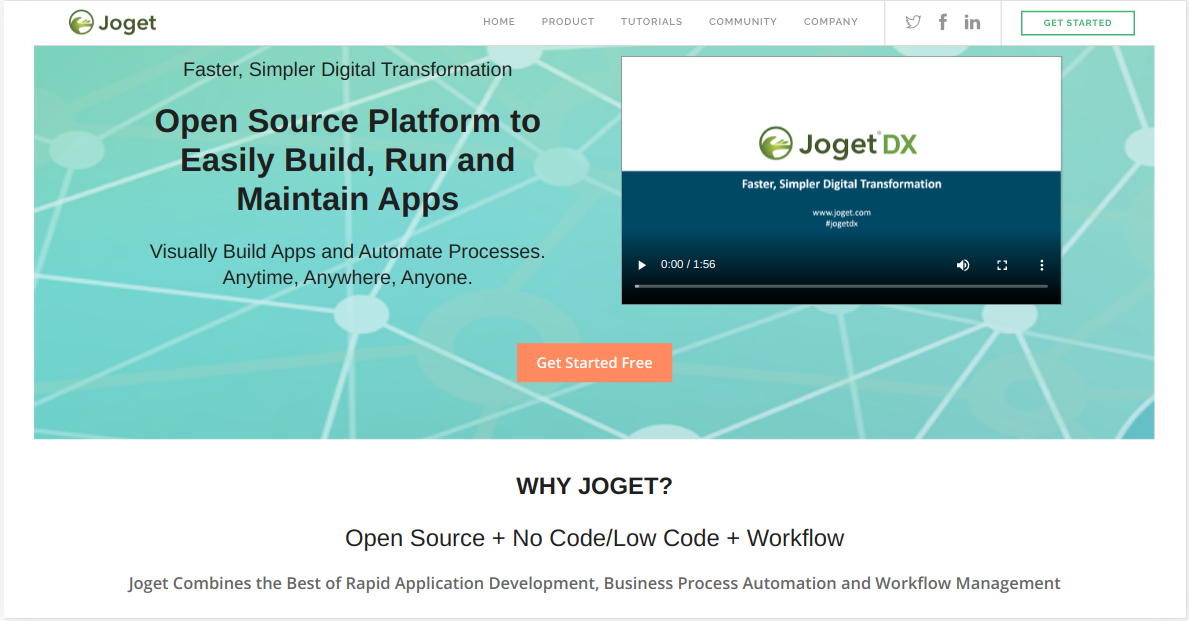
8- formsflow.ai

formsflow.ai is a free, open-source low-code platform for making a quick dynamic workflow and a customizable powerful analytics dashboards.
formsflow.ai offers a rich visual interface that helps developers build logic, design custom forms, custom workflow, configure your app security options, and automate your deployment to a public and private cloud.
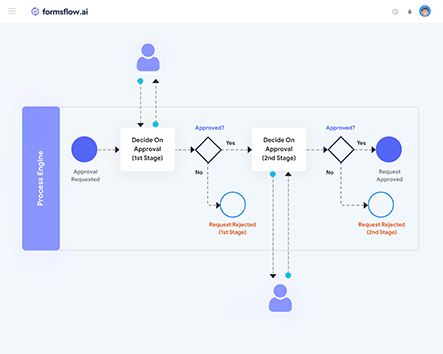
9- Baserow

Baserow is a unique low-code system to create and manage databases, forms, and data views.
Baserow offers built-in multiple database management, view builders, a headless system, and a developer-friendly plugin system.
We published a quick snap review about its features and how to install it.

11- Open Lowcode
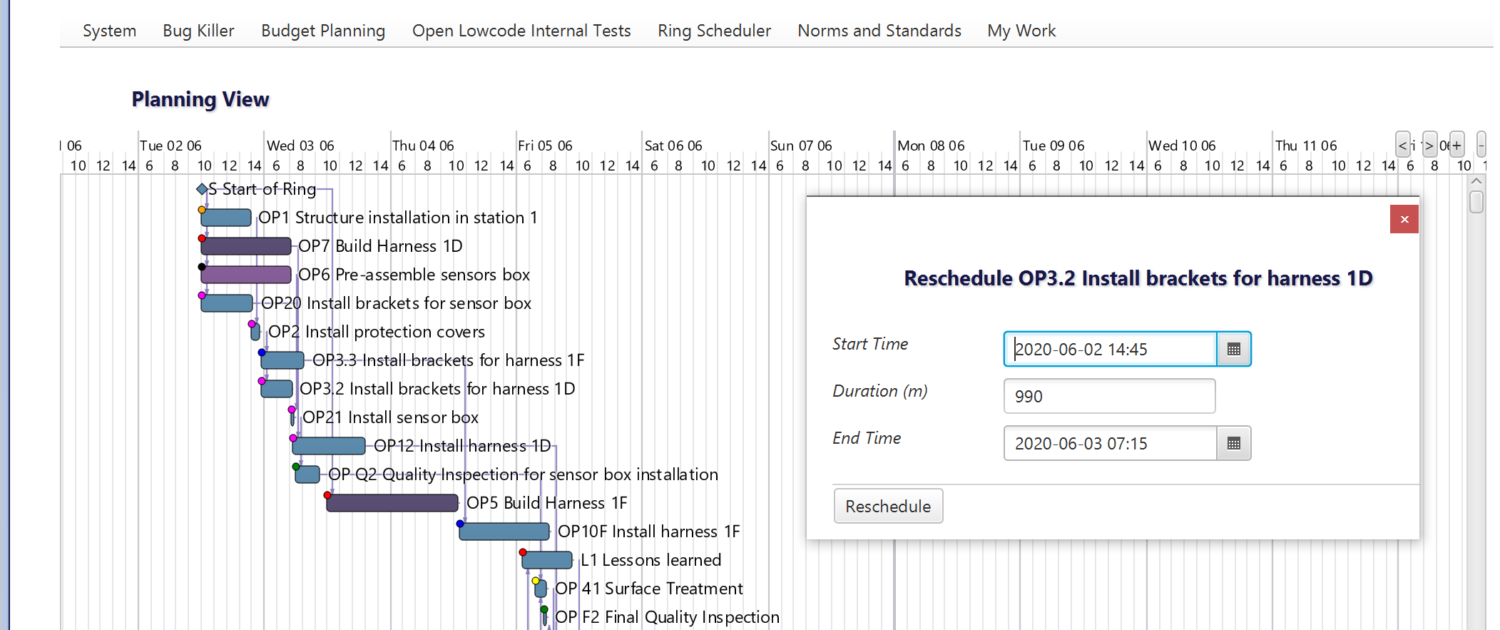
Open Lowcode is a cross-platform, open-source rapid application development and low-code platform for the enterprise.
Open Lowcode helps create dynamic business use-cases and complex data management.
It offers many security options out of the box (OOTB), supports many data views, automatic database management, and advanced reporting.
Open Lowcode is proven reliable in real-world scenarios for Airbus and many financial applications.
The solution is written in Java and SQL, it runs on Windows, Linux, and macOS.
The system is released under the EPL-2.0 license.
12- Amplication
Amplication is a multi-API low-code system that allows users to generate high-quality code for different use cases. Amplication aims for front-end developers and back-end developers.
Amplication supports both REST-API and GraphQL.
If you need to know more about Amplication, you may check its quick review here.
14- Steedos
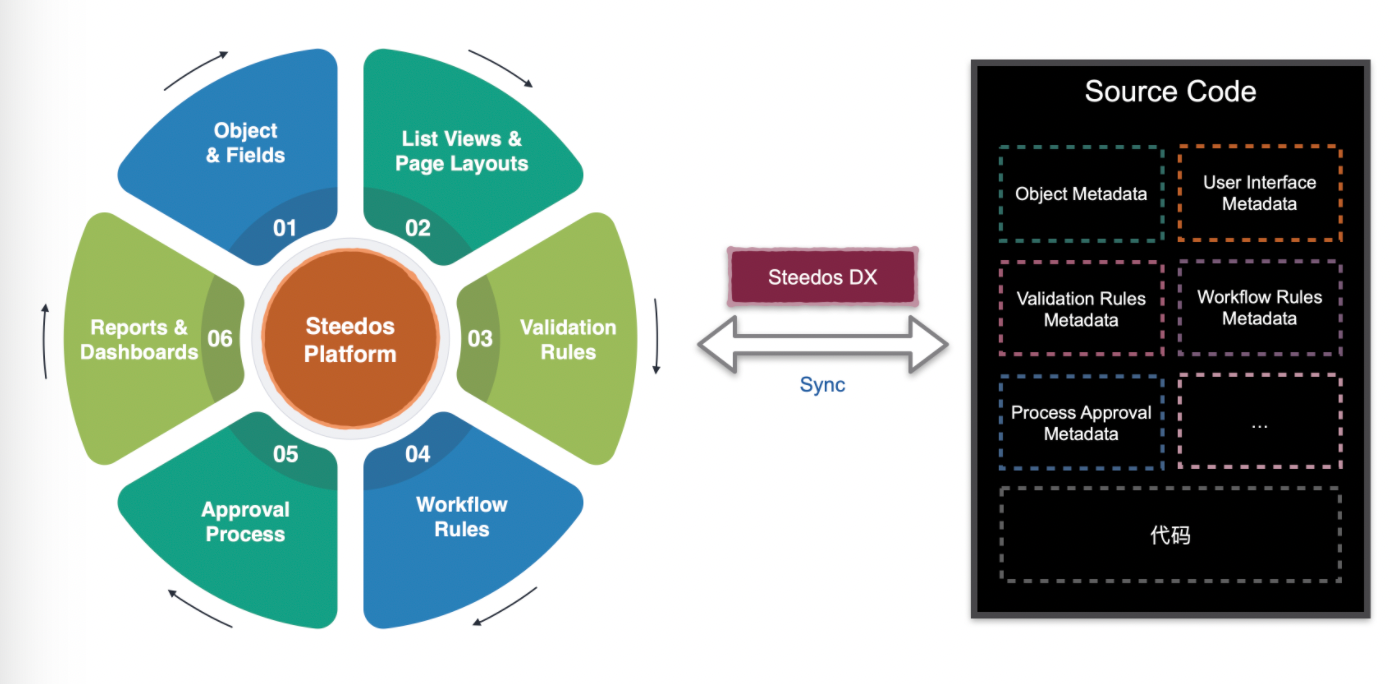
Steedos is an open-source low-code development platform for the enterprise.
Steedos is built for citizen developers and enterprise business developers, as it allows them to take full control of the product's life-cycle in a visual method.
With Steedos, developers have understood the data objects, metadata, and how to build the basic data structure of the app.
Steedos requires Node.js, Yarn (or npm). It is released and licensed under MIT license.

15- Tymly

Tymly is a low-code open-source solution released as an open-source solution by West Midlands Fire Service.
It features a unique method to build and automate apps, which is Tymly blueprints. The blueprint is a JSON-Schema approach to build app logic and design features.
We published a snap review about Tymly and how does it work, you can read it here.

16- Lowdefy
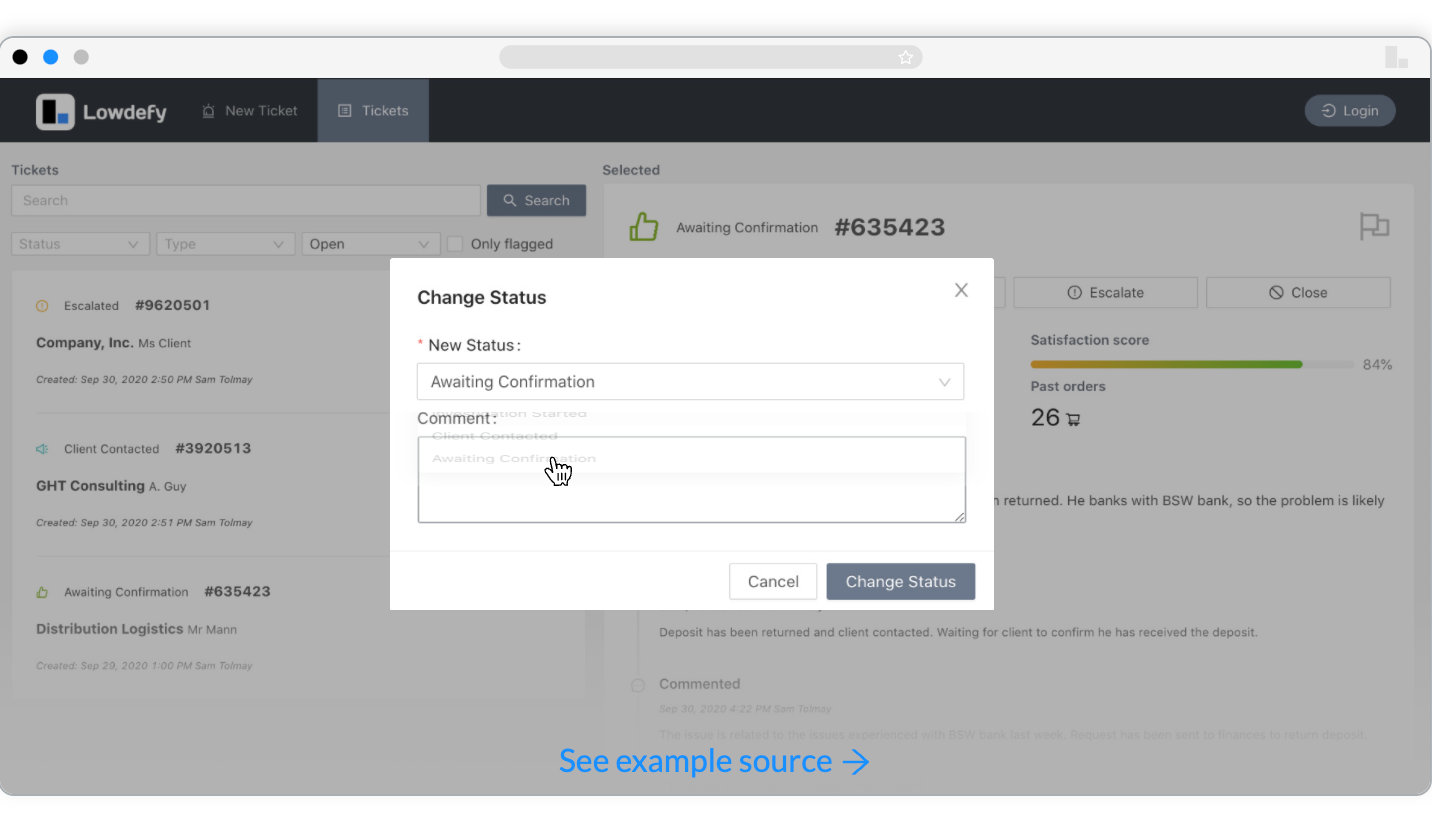
Lowdefy is a free open-source low-code platform that helps you build quick tools with just using YAML files.
With Lowdefy, you can build interactive and dynamic UI (user-interfaces), mobile-friendly apps, dynamic data forms, and handle login and authentication with limited code.
Lowdefy has a rich library of sample codes and a developer-friendly documentation portal to ease things up for developers.
It is the ideal solution for creating a quick web app, admin panels, BI (Business Intelligence) dashboards, dynamic workflow models, and CRUD interfaces in no time.
17- Saltcorn
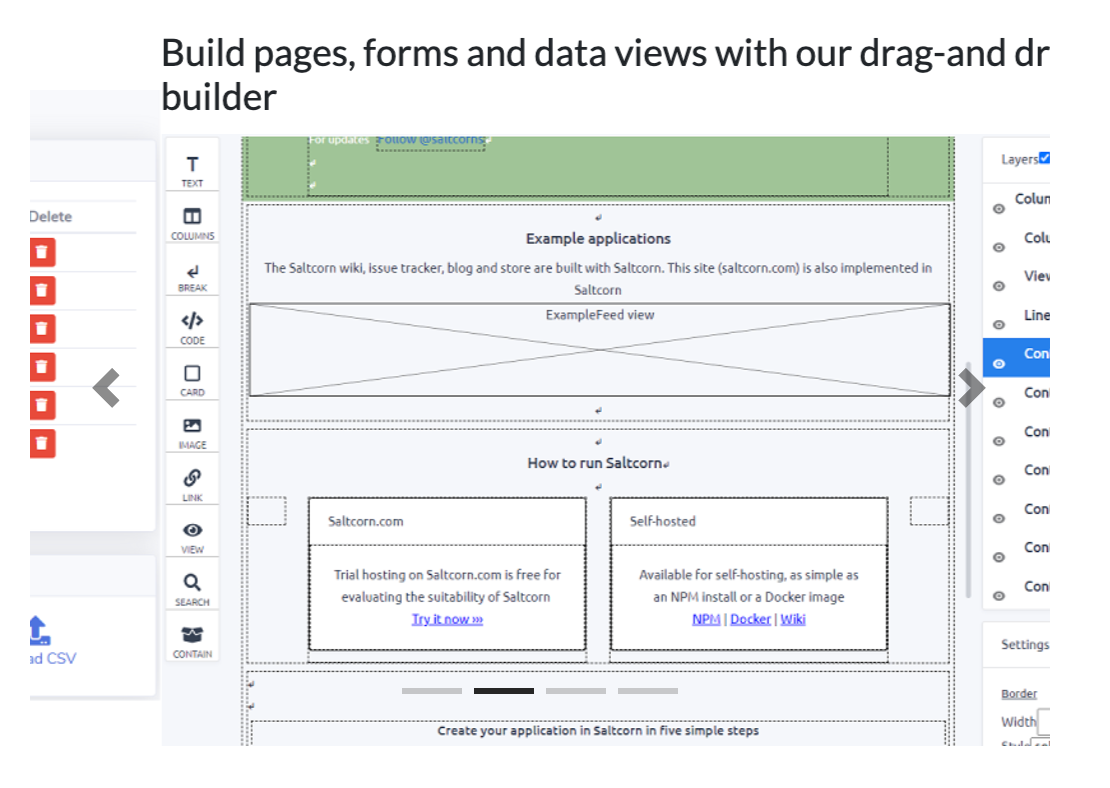
Saltcorn is a no-code/ low-code platform and app builder, that allows normal users to write complex apps without writing any code.
Developers can install and self-host it on a private cloud or a local machine.
Saltcorn supports plugins and many data types, building database tables in secs, and user-interface views with just a drag and drop builder.
It is a free, open-source system (MIT license) that anyone can download and use free of cost.

18- Node-RED
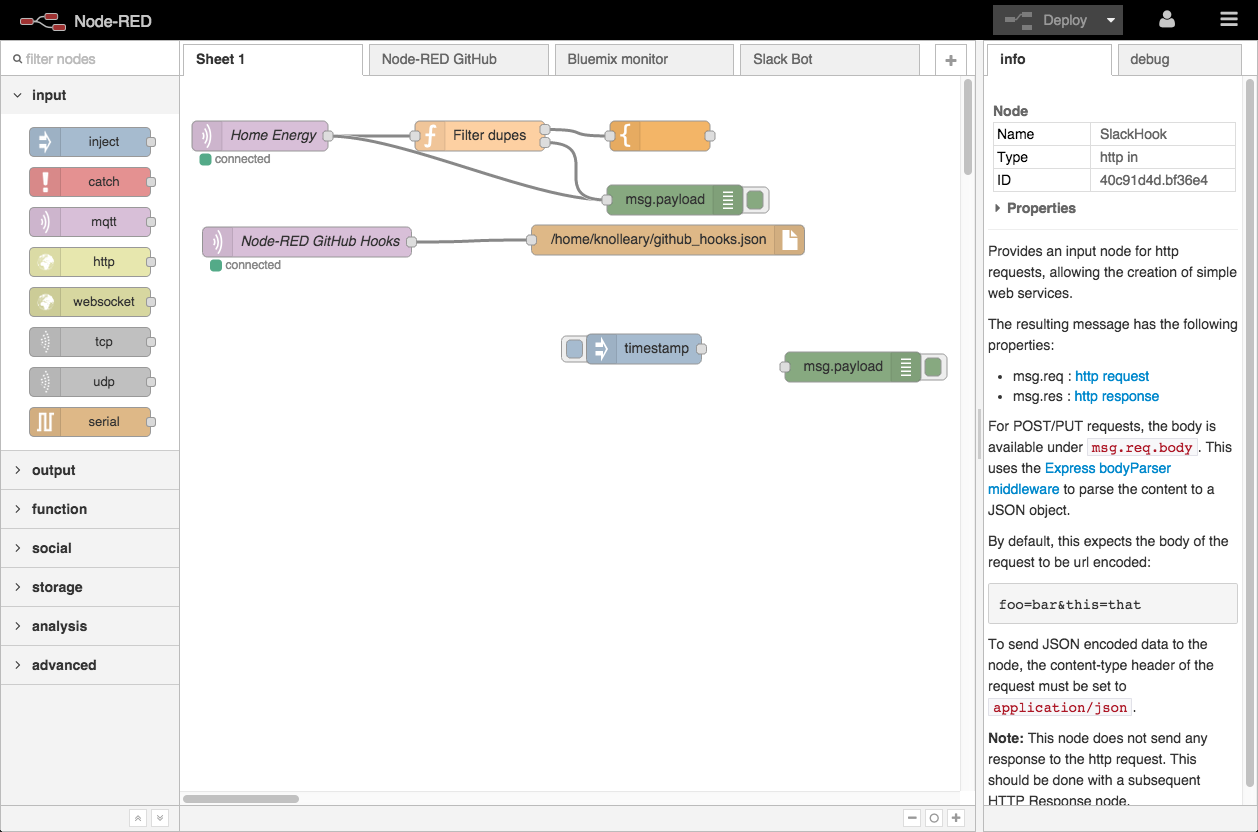
Node-RED is a low-code programming tool that uses a visual IDE to build app logic and features to ease wiring hardware devices, headless systems, and online services.
The IDE features a simple drag-and-drop with customized flow editing tools, which makes it ideal for IoT prototyping and production.
Node-RED is built on Node.js and comes with many tools and the benefits of using the Node.js ecosystem.
Node-RED can run locally, on a server, or on a device like Raspberry Pi, Android, and BeagleBone Black.
Developers also can run it on any enterprise cloud-like IBM Cloud, AWS “Amazon Web Services”, Microsoft Azure, and SenseTecnic FRED.

19- Corteza
Corteza is a free open-source Low Code platform for building enterprise applications. It is used for enterprise digital transformation in many companies.
Corteza is battle-tested as it has been used to create CRM systems, ERP, accounting systems, and more. It features a built-in administration panel, logic automation, a messaging system, and rich development tools alongside extension-ready API.

20- Elemental
Elemental is a new open-source low-code platform built on Node.js. It is shipped with API builder, and a JSON Schema to define the APIs, interface builder, and Identity provider and manager.
Elemental integrates well with external services and is a developer-friendly system without a steep learning curve.
Currently, the system is under active development of a team of 2 developers who released it under MIT License.
Final Thought
Low-code platforms make development looks like a walk in the park, but it is far more than that, it requires an investment in how it works before achieving describable results.
With free, open-source low-code platforms, you can cut the cost more, however, you should be aware some open-source are just a community editions with limited features.
If you know of any other open-source low-code platform that we forget to mention here, please let us know.
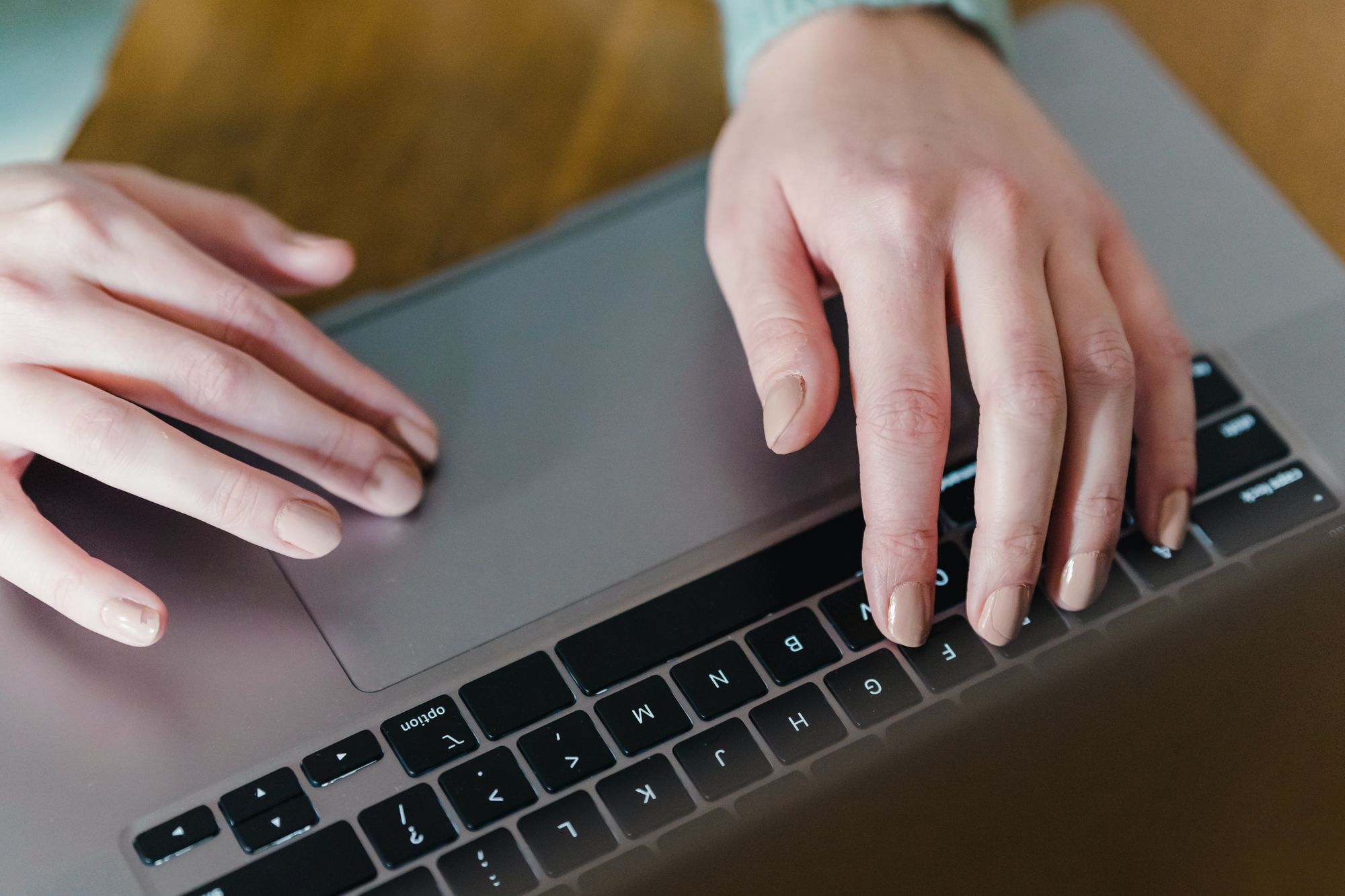










.png)







